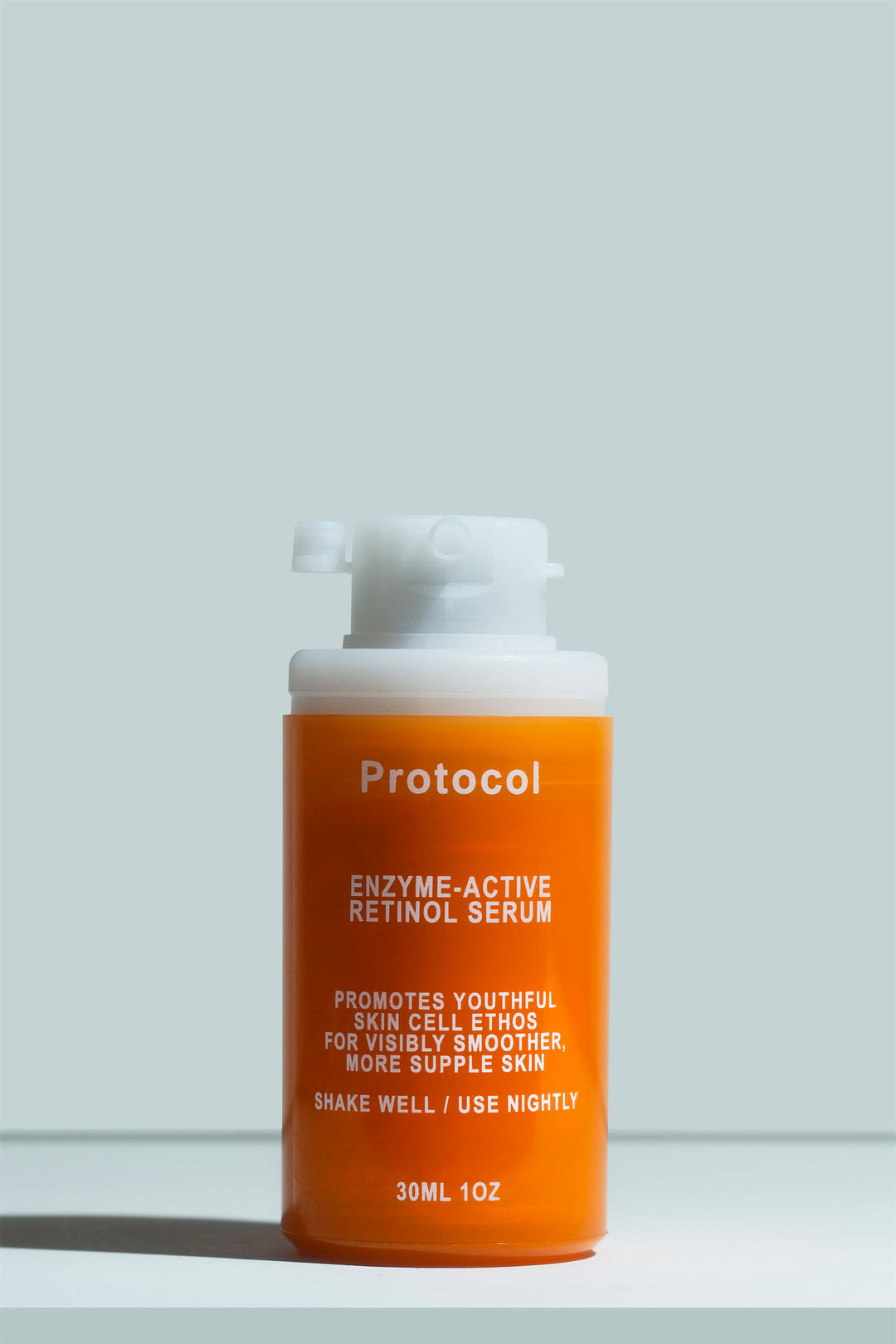How to Apply Serum on Face

Creams and cleansers have been around for yonks, so most people have a pretty clear understanding of how to use them. Serums are a little newer, only showing up in the last few decades, and they can be a little confusing.
So in this post, you’ll learn how to apply serums to your face (and neck or any other body parts). We’ll cover all of the nuances of using serums to maximize your results. We’ll also explain how to combine serums with other common skincare products, like moisturizers, toners, and more.
What is the correct way to apply serum?
Step-by-step and with all nuances explained, here’s how to use serum for your skin:
- The best time to use your serum is after you’ve cleanser (if cleansing), as well as after toner if that’s something you use.
- You can use serums during the day or night depending on the specific serum and what fits into your daily routine.
- Make sure that your skin is damp, either by not towel-drying after you’ve cleansed or by splashing on some cool water.
- Dispense a small amount of serum into the palm of your hand - you don’t need more than about a pea-size amount.
- Use massaging, tapping, or patting motions to apply the serum to your face. Use your ring finger to pat it around the eyes (assuming it’s eye-safe). You can also apply it to your neck, chest, or any other body part.
- Once applied, let the serum sink in completely. Depending on the product, you may benefit from leaving the serum on your skin for up to 30 minutes before applying anything else.
- Finally, apply your moisturizer or other leave-on products. If it’s daytime, make sure to use sunscreen as well, along with or instead of moisturizer.
What do serums do to the skin?
Serums are light emulsions usually rich in water, with a texture that’s a little more viscous than liquid but thinner than the average cream. They tend to be transparent, but not always.
Serums can serve as very effective delivery vehicles for specific active ingredients like vitamin C, niacinamide, or retinoids. Most serums usually contain humectants, which are water-binding ingredients that help hydrate the skin.
Serums are usually geared towards specific skin types or concerns, and they can have very different benefits as a result. Here are some of the common effects that serums can have on the skin:
- Hydrate or moisturize
- Reduce signs of premature aging such as fine lines and wrinkles
- Provide antioxidant protection
- Reduce discoloration or brighten
- Soothe the skin and reduce redness
- Remove dead skin if they contain chemical exfoliants
- Smooth skin texture and reduce pore size
- Reduce blemishes and signs of breakouts
Unlike moisturizers, serums penetrate the skin a little faster, which is why they’re a better choice than active-laden creams. That said, they usually don’t moisturize the skin as thoroughly, since they contain fewer occlusives to seal water into the skin. That’s why it’s important to apply moisturizer once your serum has completely sunk in.
When should I apply serums, day or night?
You can use your serums either in the day or night! If you want to use several serums in your routine, it’ll make more sense to split them up, to allow each one a maximum chance to impact the skin.
It doesn’t make a big difference when you use which serum, but if you want an optimized routine, we do have a few recommendations:
- Antioxidant-heavy serums, and especially vitamin C serums, are best used in the daytime so they can enhance your protection from external aggressors like pollution and UV rays. Ascorbic acid may even improve the stability of your sunscreen, making it a worthy daytime companion.
- Deep-acting active serums with ingredients like retinoids and AHAs are better used at night. That’s when you have less exposure to the elements and your body is working hard to repair itself.
Do I use moisturizer or serum first?
Serum goes on the skin first, followed by moisturizer. Serums are designed to sink in and deliver active ingredients, while moisturizers are intentionally meant to intermingle with the surface of the skin, to protect and bind moisture to it.
How long should I wait to apply moisturizer after serum?
Generally, you should wait at least a minute or two to allow your serum to sink into the skin. For even better product absorption, consider waiting as long as 30 minutes before applying moisturizer. If you’re tired or in a rush, however, don’t let perfect be the enemy of good - it’s okay not to wait at all.
How do I use serum and toner together?
We’re not huge on toners here at Protocol Lab (especially not fragranced, alcohol-laden ones), but you can certainly use serums and toners together. Normally, you would apply toner to your skin first, followed by your serum. If your toner contains an active ingredient like salicylic acid, we even recommend waiting a few minutes before applying your serum.
In some cases, we’d recommend breaking the rules and applying serum before toner. If your serum has a very delicate active ingredient like retinol or vitamin C, it’s better to flip things around (especially if your toner is thick or hydrating). That’s because it’s usually better to apply active ingredients first so they can absorb into the skin better.
How do I use multiple serums in my routine?
In recent years, it’s become popular to collect a lot of serums, each one often only containing one notable key ingredient. In most cases, we think one serum per skincare “session” is ideal, and it’s better to combine actives if they don’t have any interactions, like pairing niacinamide with retinol. The more serums you layer one on top of the other, the less your skin can absorb.
That said, if you find it relaxing, convenient, or enjoyable to apply several serums at once, that’s okay! We recommend you always start with the serums geared towards skin renewal, so they can have the biggest impact on your skin. Afterward, you can apply milder serums geared towards moisturization or soothing.
There are a few other factors you might need to consider, like the pH level of your products and potential interactions, so check out our complex skincare layering guide to learn more.
Solving the serum mystery
Just the word “serum” sounds mysterious and alluring, so it’s no wonder they generate a lot of questions, especially when it comes to how to use serums. Applying them isn’t complicated, though - they’re just a quick-absorbing layer you can massage on before your moisturizer.
They’re well worth the minimal effort since serums can deliver some of the most noticeable results in skincare, from retinol serums that smooth the skin and fade wrinkles to vitamin C serums that protect from premature aging while contributing to a more even skin tone. Now that’s all clear, go ahead and introduce a serum into your routine.
If you're not sure where to start, our Enzyme-Active Retinol Serum is the ultimate all-in-one skin renewer. It’s the ideal option for achieving smoothness, clarity, and anti-aging goals with just one product.




